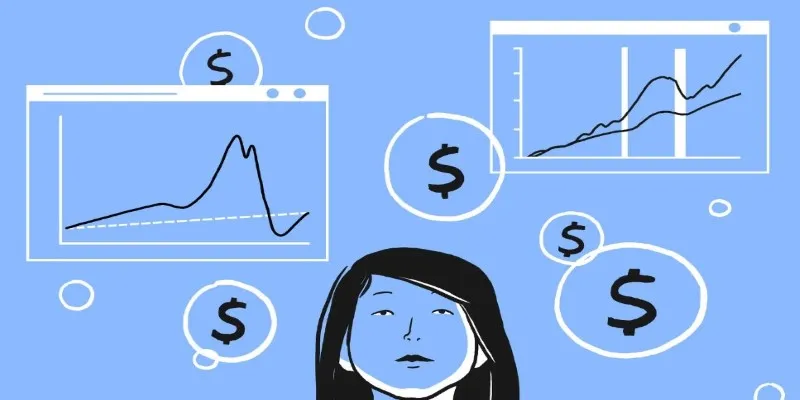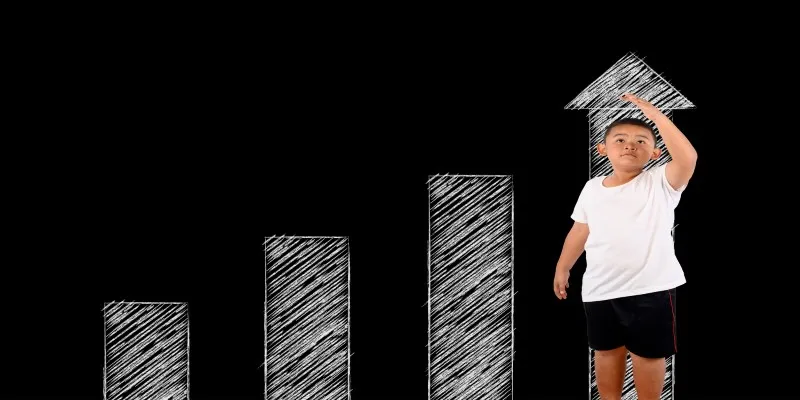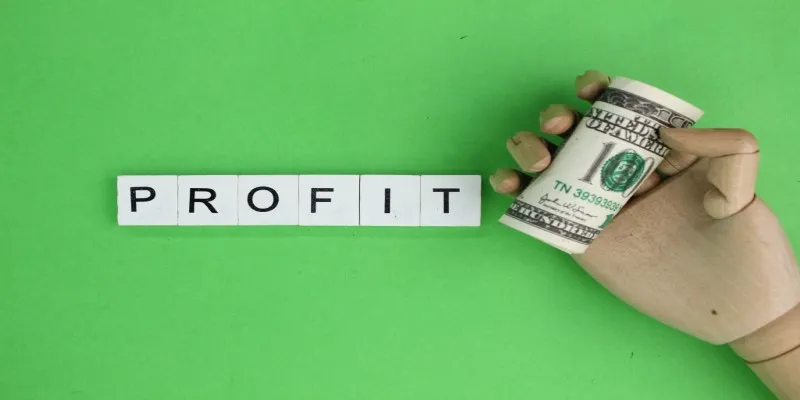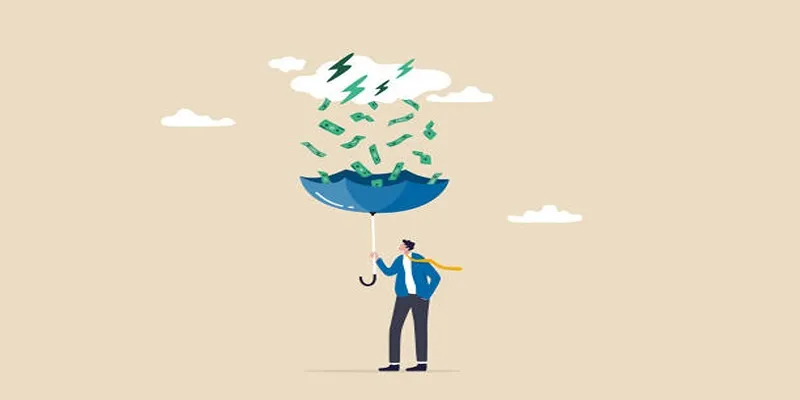Understanding the 5 Key Stages of a Financial Bubble
In the world of finance, bubbles are intriguing phenomena that have captured the attention of economists, investors, and everyday people alike. They represent periods of rapid asset price inflation, often fueled by speculation and emotional investing, which eventually lead to sudden and dramatic price declines. But what exactly is a bubble, and why do they form?

Understanding the dynamics of a financial bubble is crucial, especially in today’s interconnected and volatile markets. This article explores the concept of a financial bubble, delving into the five distinct stages that characterize its lifecycle. We’ll offer insights into how these economic cycles develop, mature, and eventually collapse.
What is a Bubble?
A financial bubble occurs when the price of an asset—be it stocks, real estate, or cryptocurrencies—rises far above its intrinsic value, driven by speculative buying. This overvaluation is typically fueled by investor enthusiasm, often disconnected from the asset’s fundamentals. As more investors jump in, hoping to profit from the upward price momentum, the bubble inflates further. However, bubbles are inherently unstable and unsustainable; they eventually burst, leading to a rapid price decline and significant financial losses for those caught in the collapse.
Bubbles have been a part of economic history for centuries, with notable examples including the Tulip Mania in the 17th century, the Dot-com bubble of the late 1990s, and the housing market bubble that led to the 2008 financial crisis. Despite the lessons from these events, bubbles continue to form as human psychology and market dynamics remain largely unchanged. To better understand this recurring phenomenon, it is essential to examine the five stages that typically characterize a bubble’s lifecycle.
The 5 Stages of a Financial Bubble
The five stages of a bubble provide a clear framework to understand how economic bubbles form and burst. Here’s a breakdown of each stage:
Displacement
The first stage in the formation of a bubble is known as displacement. During this phase, a new development or innovation catches investors’ attention. It might be a technological breakthrough, a change in government policy, or the discovery of a new market opportunity. For instance, the advent of the internet in the 1990s was a classic example that led to the dot-com bubble.

Displacement sparks excitement as early adopters begin to invest, believing they have spotted an opportunity ahead of everyone else. Solid fundamentals and realistic expectations typically drive the initial growth, but as more people notice the rising asset prices, the situation begins to escalate.
Boom
The boom stage marks a period of rapid price increases and widespread public involvement. What was once a niche investment idea becomes mainstream. Media coverage often amplifies the excitement, drawing in a broad base of investors, including those with little financial knowledge. During this phase, speculation intensifies.
People start buying not because they understand the asset’s real value but because they fear missing out on easy profits. Lending standards may loosen as banks and financial institutions look to profit from the frenzy, allowing even more people to pour money into the market. The boom stage is characterized by optimism and the sense that prices can only go up, reinforcing the belief that this time is different.
Euphoria
The euphoria stage is the peak of the bubble cycle. Asset prices reach stratospheric levels, detached from any rational valuation metrics. In this phase, even the most cautious investors often get swept up in the excitement. Stories of overnight millionaires dominate the news, and speculative investments become the norm.
New buyers enter the market, not wanting to miss out, often driven by the belief that this growth is endless. During euphoria, there’s a widespread dismissal of risk, with any warnings of a crash being brushed aside as pessimism. The mindset shifts to “If everyone else is making money, why can’t I?” This herd mentality fuels the bubble even more, leading to an unsustainable surge in asset prices.
Profit-Taking
As the bubble reaches its zenith, savvy investors begin to recognize that the market has overshot. Some start to cash out, selling their assets at peak prices. This profit-taking is usually subtle at first, but it marks the beginning of the end. Market sentiment gradually starts to change. While some investors realize the bubble is teetering on the edge, others remain blinded by the euphoria.

Early profit-takers lock in their gains, leaving behind those who bought in late and are now exposed to greater risks. Often, this stage is accompanied by increased volatility, with prices swinging wildly as some investors try to exit while others continue to push prices higher, thinking they still have time to make a profit.
Panic and Collapse
The final stage is the panic and collapse, where the bubble ultimately bursts. The initial profit-taking triggers a cascade of selling as investors rush to exit the market. As prices plummet, fear and uncertainty spread like wildfire. The once-promising investment quickly turns into a race to avoid further losses.
The widespread selling leads to a sharp decline in asset prices, often overshooting on the downside as panic grips the market. Those who bought in during the late stages of the bubble are left holding significantly devalued assets. The aftermath can be devastating, with bankruptcies, loan defaults, and significant financial fallout for individuals and institutions alike. Once the dust settles, prices may stabilize at levels closer to the asset’s intrinsic value, but the economic damage can last for years.
Conclusion
Understanding the five stages of a financial bubble—displacement, boom, euphoria, profit-taking, and panic—provides crucial insights into how such cycles develop and collapse. Bubbles are driven primarily by human behavior: optimism, greed, and, ultimately, fear. While each bubble is unique in its specifics, the general pattern remains consistent across different markets and periods.
Recognizing the warning signs early on can help investors avoid being caught up in the frenzy, enabling them to make more informed decisions. However, despite the lessons history provides, bubbles continue to emerge, reflecting the persistent nature of market psychology and the recurring cycles of boom and bust that shape the financial world.



